Classroom Management Tips And StrategiesWhen developing classroom management rules and routines, it is important to look at the bigger picture. Are you wanting structure and rules for the sake of order, or for creating a positive learning environment for your students? This may seem like a simple thing, but in some cases, it isn't. Some people are so focused on rules, they forget that the learning environment is different for different groups of kids. One thing I learned during my years of teaching, is that no two classes are the same, and therefore the rules and routines for each group need to have some flexibility to fit the particular group. The focus should be on the kids, not the rules. Some classes will require more structure and direction than others. Some may require more flexibilities for varying needs in the group. It is important to make sure that you take this into consideration when determining what rules and routines you should use. Include Students In Setting Rules And RoutinesIf you take the time to build relationships and develop positive attitudes and self esteem during the first few days of school, this will go a long ways in developing teamwork and ultimately creating a positive learning situation. If you and your students can develop positive relationships with each other, this will make it easier to agree to different rules and routines and there will be more success with them being followed. If children feel valued and respected they are more likely to want to be respectful and responsible members of the class community. Including kids in the discussion and development of class goals and expectations will help to keep them accountable throughout the year. They need to know that they are being heard, but they also need to understand that they will have rules and routines that they need to follow in class. They need to understand why different rules are necessary and how they affect the learning environment. Working together towards a goal is way easier than dealing with conflict and constant reminders. Of course, the age of the children affects how much input they will have in the setting of rules and routines. The younger kids are just getting started at school and they will have most of the rules and routines set for them. They would still benefit from discussion as to why the rules and routines are there and how they can help the team by following them. As the kids get into the late primary grades and early intermediate grades, they have a better idea of what is important in the classroom to create a positive learning environment. They also know many of the school rules and expectations, so they would probably like to be involved in the setting of class rules. Their perspective might be very enlightening as well. Using Classroom HelpersUsing classroom jobs or classroom helpers can help kids to take ownership of the classroom and this also teaches them responsibility. It is important to make sure that they are able to do the various jobs and that there are opportunities for everyone to have a chance to participate in the various jobs. Sometimes direct teaching will be required so that everyone knows what the expectations are. Expectations For Moving Around The Classroom And SchoolBeing able to move around the classroom in a respectful, orderly fashion will help during transitions and when small groups are working around the room. Again, some direct teaching may be required as different expectations may be desired depending on the group or the teacher. You will need to decide what is non-negotiable and what is flexible and then share the expectations with your students. It was very obvious in my school that different teachers had different expectations when moving in the hallways and working in small groups. Sometimes there might need to be some discussions among colleagues to ensure that there are some common guidelines or expectations as it can be confusing and disruptive if kids see different rules for different classes and don't understand why. Here are some templates I used for developing some of our class rules and routines. They are available in my TeachersPayTeachers store. Set Some RoutinesRoutines and structure are important for most children. Even when there are changes during the day or unexpected happenings, the routines help to keep the kids from getting too overwhelmed or excited. Creating a class schedule will help prepare the kids for what is coming during the day. Try to make timetables as consistent as possible. This has a calming influence on the class as they know what to expect. I found this particularly useful during special times like Halloween, Christmas, or Valentines Day. We would follow the daily routines and I would schedule in time for the special activities so they knew that they would be doing some fun activities, but that other things needed to be done first. While other classes were struggling with maintaining control because of the excitement, my class was able to follow the routines and then have fun with the celebrations. The structure and routine helped the kids to self regulate. What Are Your Expectations For Activities Outside The Classroom?Guidelines and expectations are important for activities outside the classroom as well. For instance, when going on a field trip, what are your expectations and rules? What about when working outside the school building? Have you talked to your kids about moving quietly past classrooms when heading to the field or going for a walk? I know it was frustrating for me when classes disrupted our lessons by talking and running past the window. Remember To Include Emergency ProceduresDon't forget to make sure that you include the emergency procedures when going over your rules and routines. It is important to know what to do during a fire drill, earthquake drill, or lockdown situation. Practicing these procedures will be necessary too so that they will become somewhat automatic in an actual emergency situation. Classroom Management ResourcesIf you are thinking about different ways of managing behaviors, I have some ideas and resources that may help. Some people use rewards and other incentives for recognizing positive behaviors. If this is your method, I have some student tickets that could be used for this. I would give these tickets out and then do a special draw at the end of the day/week. You might prefer to give out a book mark or certificate for special recognition. Maybe you would like to have your students focus on self regulation and the zone they are in. Another approach to classroom management that I explored just before retiring was Whole Brain Teaching. I found that using the rules as well as Class/Yes and Teach/Okay worked really well. I didn't get to use all the components, but I think if I hadn't retired, I would have incorporated more ideas into my plan. You can find out more here and get some free posters that I created. Well, there you have it. I hope some of these ideas and strategies will help you to have a successful startup and that you have an awesome year. Related Posts
0 Comments
Leave a Reply. |
About Me Charlene Sequeira
I am a wife, mother of 4, grandmother of 9, and a retired primary and music teacher. I love working with kids and continue to volunteer at school and teach ukulele. Categories
All
|
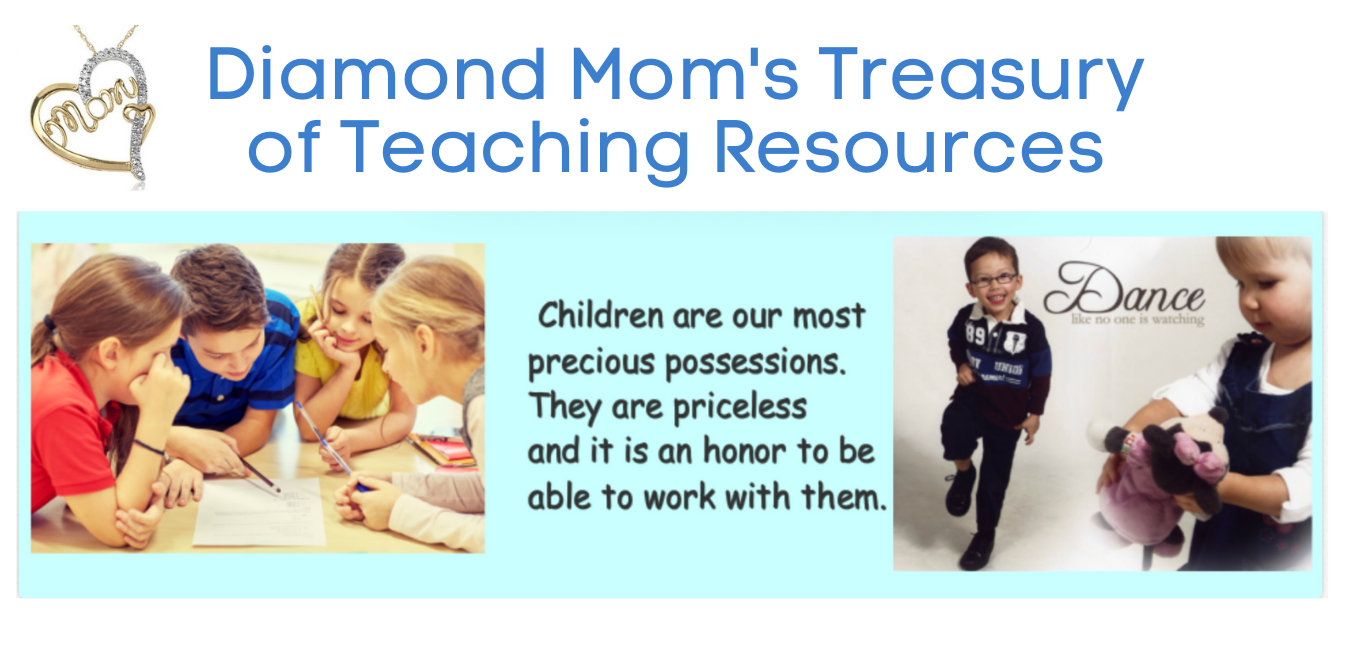
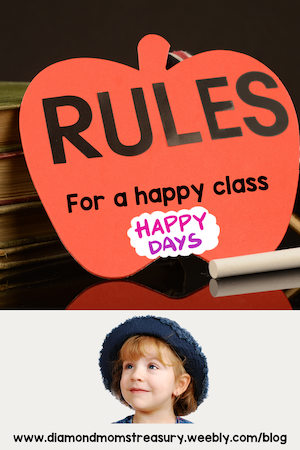
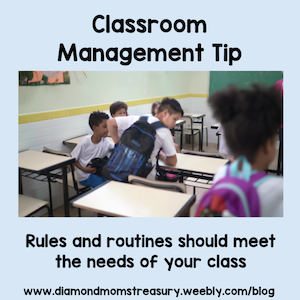
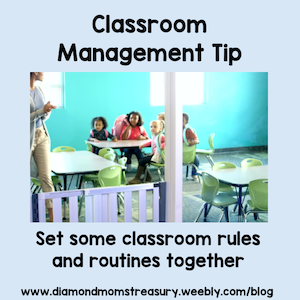
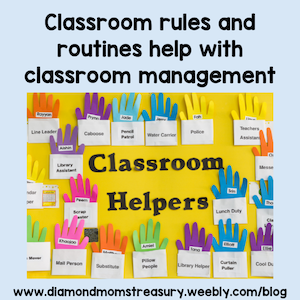
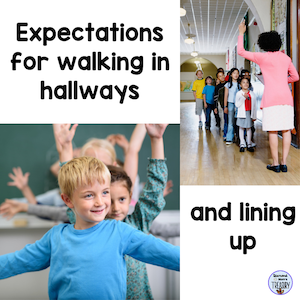
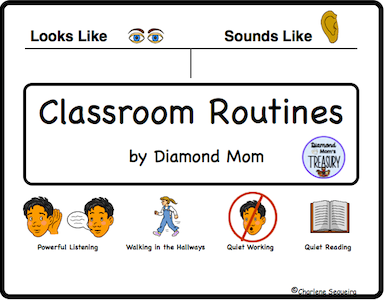
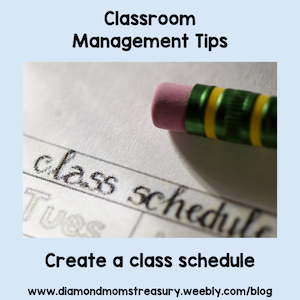

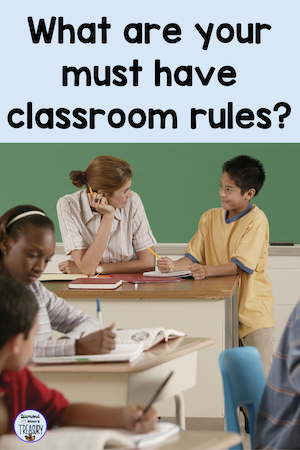

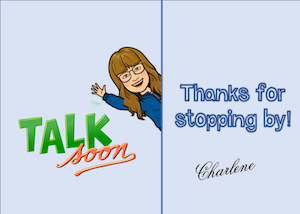
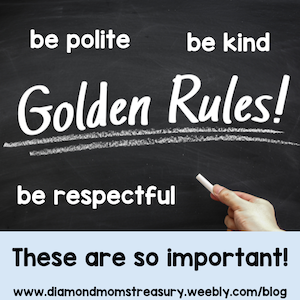




 RSS Feed
RSS Feed